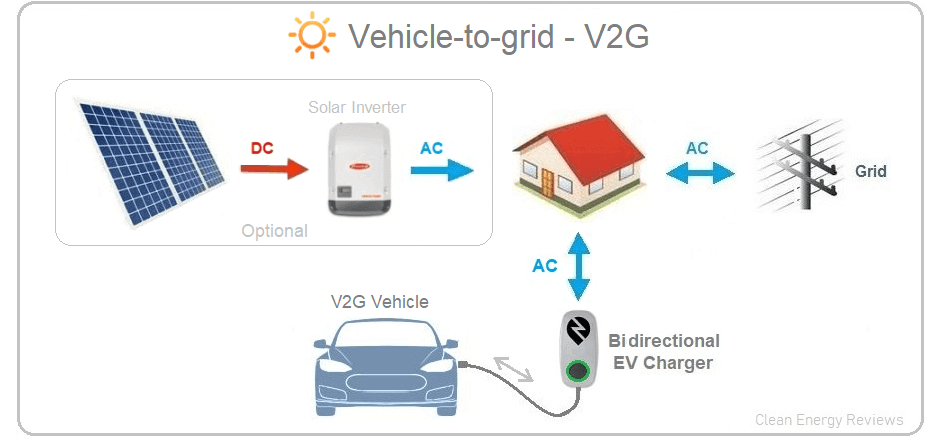Subscribing To AVC
For many years, there were three ways to subscribe to AVC:
1/ Email – Get new posts delivered to your inbox
2/ RSS – Get new posts delivered to your RSS reader
3/ X – Follow AVC on X
X revoked the API access that I was using to autopost three or four months ago. I have not been active on that service for almost a year now and have no interest in dealing with it.
So if you are one of the 25.5k followers on X and want to keep getting alerted when I post, I suggest you go with option 1 or option 2 going forward. There is also a new third option that I will talk about at the end of this post.
If you subscribe to AVC via RSS, you are likely using the old Feedburner feed. That has become unreliable and I would suggest moving to the Feedblitz feed which also powers the AVC email delivery.
I finally moved the email delivery off the old Feedburner feed this week when last week’s post did not go out via email. I suspect most of you missed it as a result.
All of this is a perfect example of the fragility of relying on centralized services like X and Feedburner (owned by Google). USV was an early investor in both services and I was a big user of them.
But all things come to an end in the world of centralized services and the challenges of getting AVC delivered to the ~100,000 subscribers reminded me of that last week.
There is a world where services just keep running because they are open source and decentralized. I wrote about that back in June and I am excited about that world to emerge.
AVC is available in the decentralized world and you can subscribe there if you’d like.
So now there are three ways to subscribe to AVC:
1/ Email – Get new posts delivered to your inbox
2/ RSS – Get new posts delivered to your RSS reader
3/ Web3 – Subscribe to AVC on Mirror
If you are using the email delivery method, you are all good. If you are using the old RSS feed or X, I would suggest moving to something else. Or you could just stop getting AVC if that suits you. Many of you already have thanks to X and Google (and me).









